One of the first things you will encounter when you first move to Japan is the surprisingly big hurdle of grocery shopping. Grocery shopping in another country is already a daunting task—let alone in a non-English speaking country—and Japan is no exception. After setting up your home from scratch, getting used to the neighborhood you now live in, and perhaps settling into your new job, one might think grocery shopping should now be a no brainer. But don’t underestimate it! Aside from the famous brands that are well known both in Japan and overseas, you’ll find yourself frequently lost by the food and products available in a Japanese supermarket. From encountering only one brand of tofu available back home to every single kind of tofu imaginable, it can be very overwhelming. But look at this in a positive light and take advantage of the experience to learn again. This might even be an opportunity to have fun discovering products, brands, and foods you never got to enjoy back home. So, whether you can’t read Japanese at all or you have just started learning kanji, here are some helpful tips to get through your first grocery shopping adventure.
Essential Terminology
For those of you who know a little Japanese, you may have heard some of the words written below. Of course, you can wander around the supermarket until you find these items, but it will chew up a lot more time than you’d expect. Be sure to look out for any of these words on the signs:
| 牛肉 (Gyuniku) |
Beef |
野菜 (Yasai) |
Vegetables |
| 鶏肉 (Toriniku) |
Chicken |
果物 (Kudamono) |
Fruits |
| 豚肉 (Butaniku) |
Pork |
調味料 (Choumiryou) |
Seasoning |
| ひき肉 (Hikiniku) |
Minced meat |
卵 (Tamago) |
Eggs |
| 魚 (Sakana) |
Fish |
米 (Kome) |
Rice |
| 牛乳 (Gyunyu) |
Milk |
豆乳 (Tounyu) |
Soy milk |
Once you’ve got the necessities, the next task you’ll want to tackle is building your pantry with an arsenal of seasonings, spices, and sauces. For people who are more well acquainted with cooking, you should be able to decipher what’s what from visuals or familiar packaging. But to be on the safe side, here are some useful words to ease your anxiety.
| 塩 (Shio) |
Salt |
醤油 (Shouyu) |
Soy sauce |
| 胡椒 (Koshou) |
Pepper |
料理酒 (Ryori-shu) |
Cooking rice wine |
| 砂糖 (Satou) |
Sugar |
みりん (Mirin) |
Sweet rice wine |
| 油 (Abura) |
Oil |
味噌 (Miso) |
Fermented soybean paste |
| だし (Dashi) |
Bonito flake stock |
酢 (Su) |
Vinegar |
While you’re shopping for these items, you’ll notice that Japan loves text-heavy packaging. It may be an eyesore at first, but do not disregard the information until you understand what is written. The following words are ones you will see written a lot on many shelf products. If you’re worried about the ingredients that go into food items for personal or health reasons such as allergies or veganism, I encourage you to do some extra research beforehand. You may have to spend a little more time searching up words, but it’s better to be safe than sorry.
| 消費期限 (Shouhikigen) |
Expiry date |
賞味期限 (Shoumikigen) |
Best-before date |
| 糖質 (Toushitsu) |
Sugars |
食塩相当量 (Shokuensoutouryou) |
Sodium |
| たんぱく質 (Tanpakushitsu) |
Protein |
炭水化物 (Tansuikabutsu) |
Carbohydrates |
| 脂質 (Shishitsu) |
Fats |
アレルギー (Arerugi) |
Allergy |
| 原材料名 (Genzairyomei) |
Ingredients |
低脂肪 (Teishibou) |
Low-fat |
| 無調整 (Muchousei) |
Unprocessed |
調製 (Chousei) |
Processed |
| 濃厚 (Noukou) |
Richness |
鉄分 (Tetsubun) |
Iron |
| 熱量 (Netsuryou) |
Calories |
小麦 (Komugi) |
Wheat |
| 麩質 (Fushitsu) |
Gluten |
酵母 (Koubo) |
Yeast |
*Keep in mind that ingredients in food products may vary by country, therefore if you have any specific health conditions, it is recommended to consult a doctor or health specialist.
Your usual hour spent grocery shopping back at home may turn into two hours when you first come to Japan, and that’s entirely okay! Think of this as an adventure to discover new items that you would not be able to get back home and perhaps use it to experiment in the kitchen!
TIP: Download the Google Translate app on your smartphone and use either the camera function, which lets you scan and translate your desired text or use the handwriting option to translate kanji at any given time. You can also set up either the Chinese (iPhone users) or Japanese (Android users) handwriting keyboard to search up specific characters online as well.
Differences in Needs and Demands
Japan and Western countries are different. Therefore, their needs and demands for certain foods and fresh produce are also going to differ―even extending as far as the quality and the make of particular food items such as dairy products. To be honest, the best way to overcome this hurdle is to not expect food back at home to be the same in Japan. As an Australian, I felt this wholeheartedly when I bought a small, unknowingly buttery and sweet half loaf of bread, expecting it to be the same as the bread I was used to. While I admit it was surprisingly delicious, it wasn’t what I had originally wanted nor expected.
So when you go grocery shopping, keep some of the following in mind:
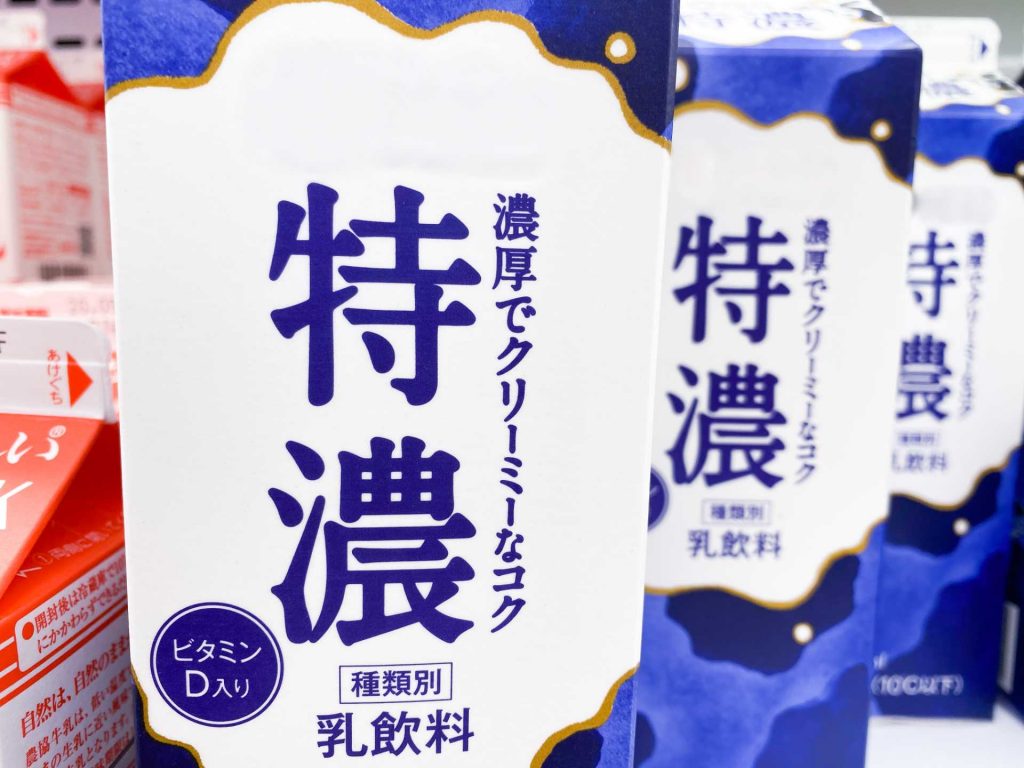
1. Milk tastes different. Japan generally uses whole milk (or full cream milk) for most dishes or desserts that require it. In comparison to other kinds of milk, it seems to be the preferred option as well. If you prefer low-fat milk or non-dairy alternatives such as soy or almond, depending on your local supermarket, you can find them in Japan.
- 2. Cheese is not the same. Unfortunately, just because they share the same name does not mean they share the same taste. Also, one more important thing to note is that cheese is very expensive in Japan and price does not necessarily guarantee quality. If you don’t find cheese that suits your fancy in your local supermarket, head over to a gourmet shop and they will most likely have more variety.
3. Bread is not what we believed it to be. Particularly in supermarkets, you’ll find more kinds of white bread or snack bread as opposed to their savory, sandwich counterparts like rye or sourdough―typically sold in a number of slices instead of loaves. Depending on the brand, most white bread is also buttery and a little bit sweet. If the variety in supermarkets does not meet your expectations, visit a local or specialist bakery.
4. Thinly sliced meats are the norm―primarily beef and pork. Most Japanese dishes are made with sliced meats as opposed to big cuts, so you will see more of these than steaks in a supermarket. With regards to price, pork and chicken are decently cheap, whereas the price of beef may make you hesitate about placing it in your basket. For variety and perhaps more affordable prices, you’ll want to visit a butcher (nikuya).
5. Fresh and amazing quality fish is affordable! Not only will you find sashimi and sushi heaven in its own section, but there is a variety of fish (both whole and fillets) available at a good price. This may vary depending on your supermarket, so do seek out a local fish market (sakanaya) if you’re on the hunt for more.
6. No rice, no life. There are more kinds of rice than bread or potatoes. Japan takes rice so seriously that some supermarkets provide a chart to help you find the perfect rice that will fit with your taste buds and preferences.
Get With the System
Depending on where you’re from and your local supermarket, the system and general flow of your grocery shopping may be different. In order to not panic if you stumble across these situations, here are some things to remember:
- 1. Bring your own eco-friendly bag as single-use bags are no longer free. Even though they only cost a couple of yen, Japan is changing and they are working towards becoming environmentally friendly by reducing the amount of plastic. So do yourself a favor, help the environment and use a bigger, sturdier bag to carry all your groceries.
2. Most major supermarkets will have a self-checkout system. Although they are mainly in Japanese, there are self-checkout machines where there is an English language option available, however this will depend on your local supermarket. If you encounter a Japanese-only machine and have some trouble using it, ask the staff who will be happy to help you.
3. Regardless of whether it is a supermarket or not, you will need a staff member to confirm your age when buying alcoholic beverages. If you’re at a self-checkout counter, wait patiently until the staff attends to you.
BONUS TIP: Around the afternoon or late evening, all fresh foods such as sashimi, sushi, cooked meals and side dishes (souzai) will be marked with a discount sticker. These discounts can range from saving a few yen to getting the product at half price, so be sure to have a look out!
Food for Thought
You may feel lost and unsure about everything you buy for a while but I can confidently say that that is part of the fun about moving to Japan. Don’t be discouraged when you accidentally buy a carton of drinkable yogurt instead of milk, or apple cider vinegar instead of regular vinegar. Take this opportunity to discover new food products that have the potential to become a staple in your fridge and become familiar with what Japanese people eat. While many people move to Japan for a variety of reasons, I’ll bet you didn’t move here just to eat the same food as you did back home. Find comfort within the uncomfortable, and if it takes trying every single miso brand out there, then so be it!



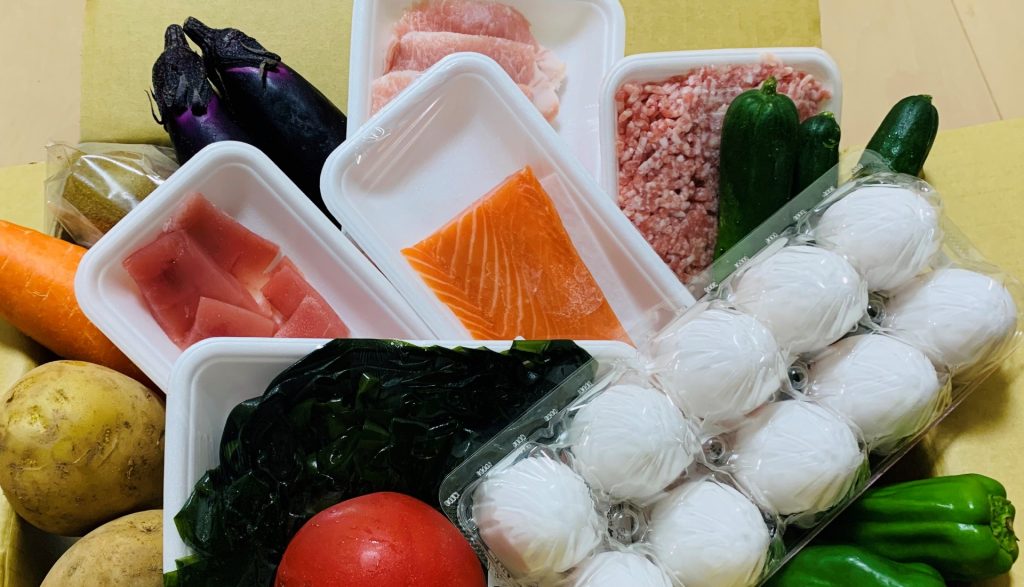
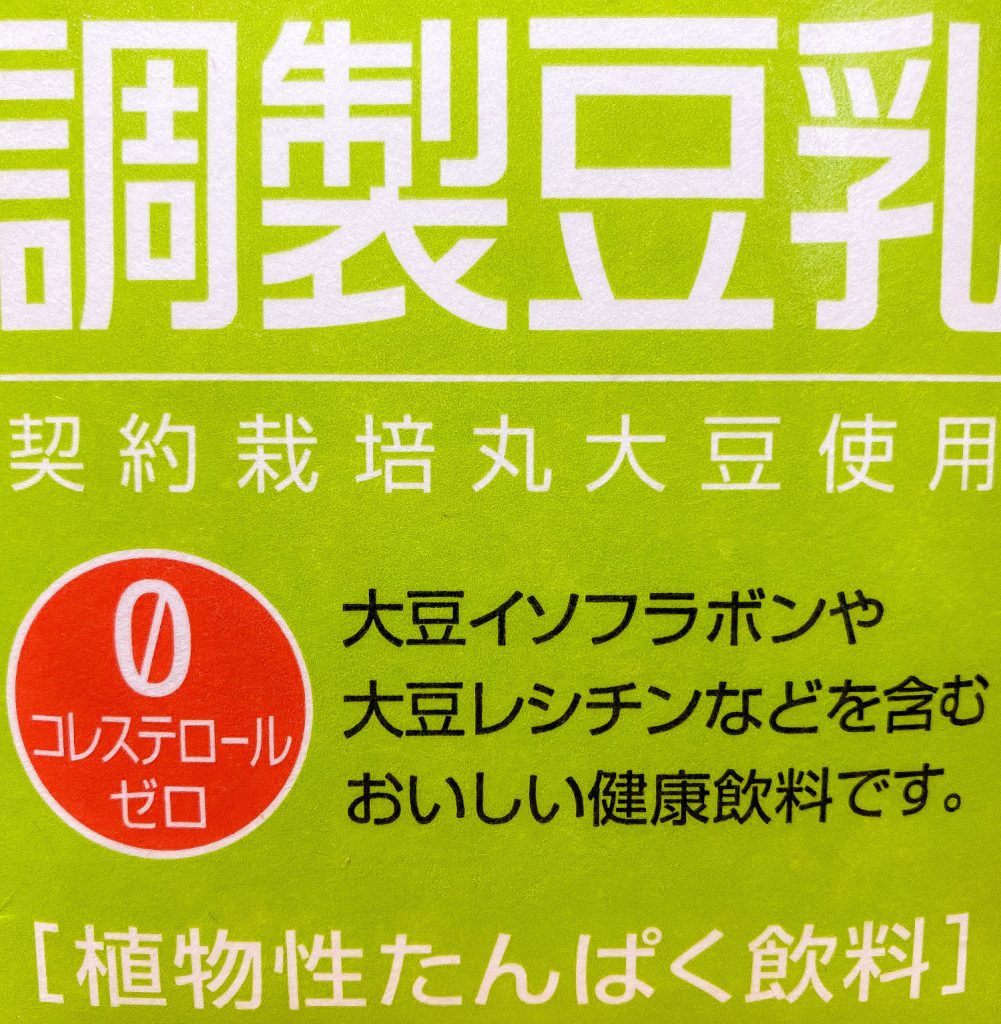
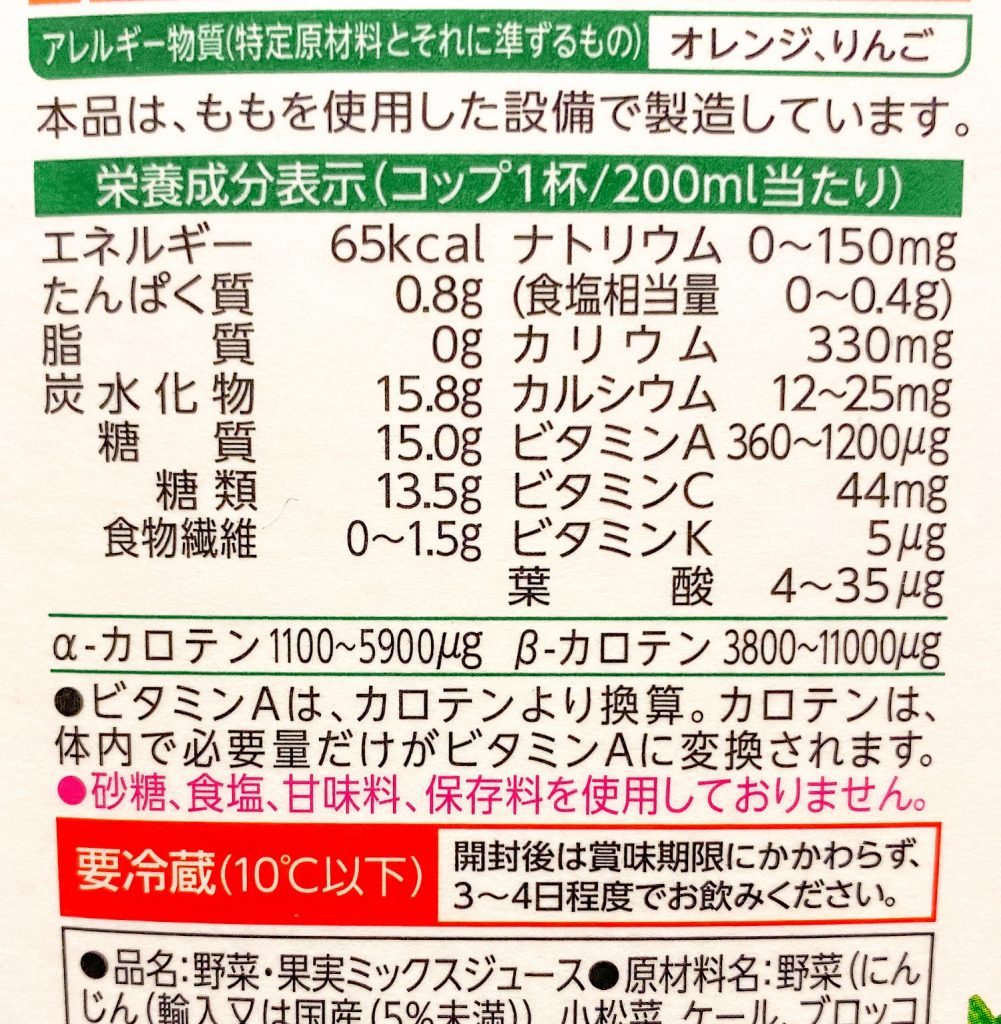




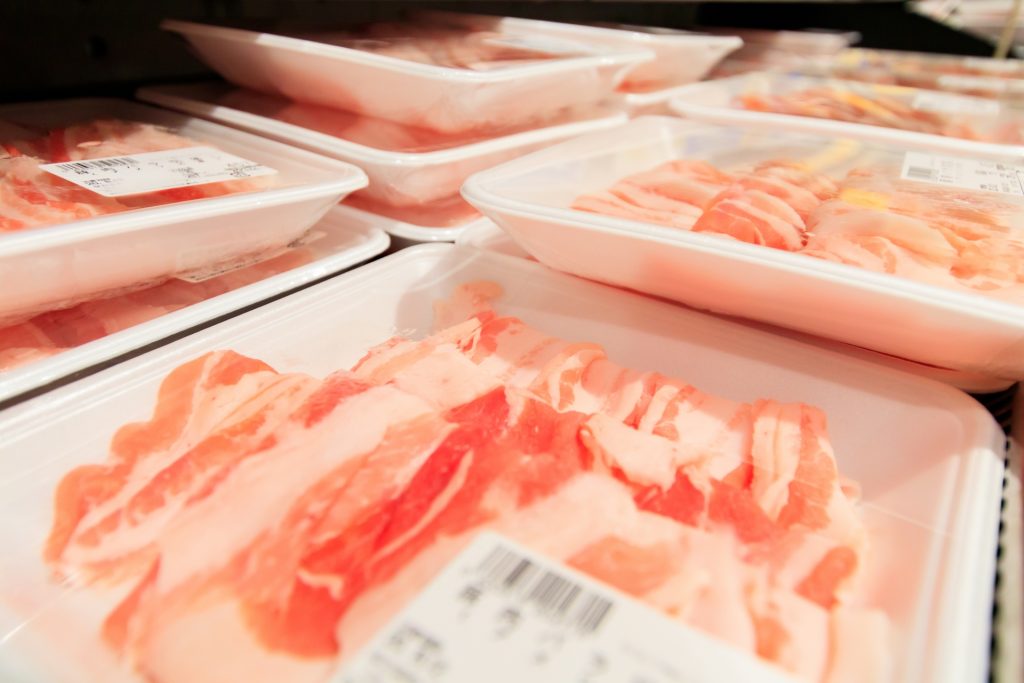
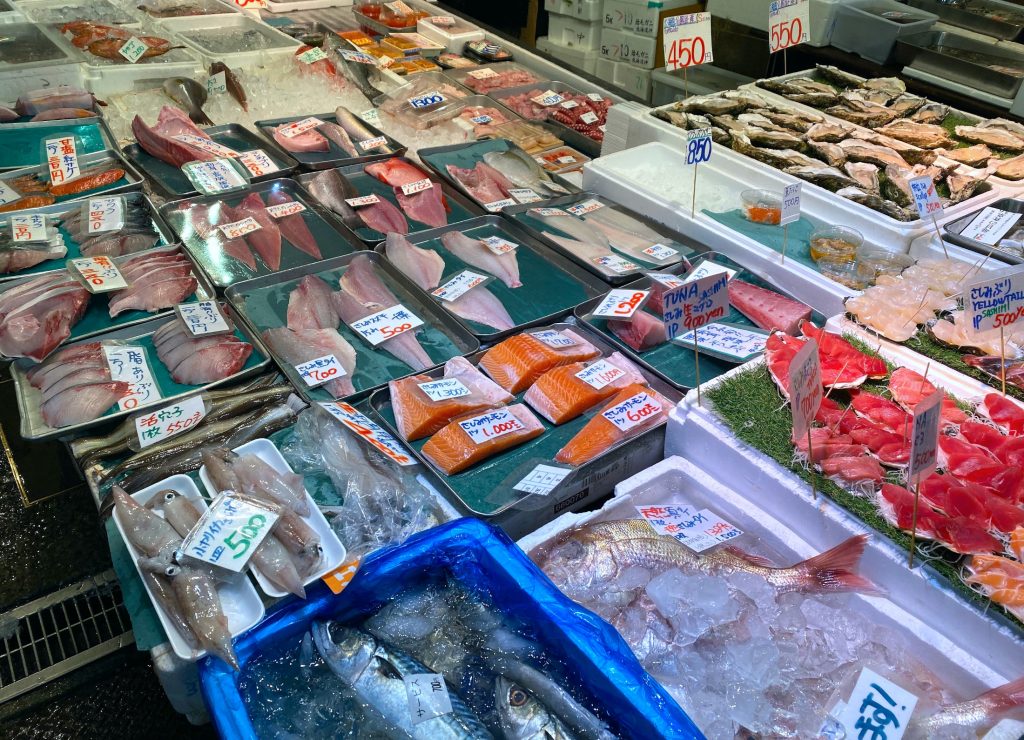
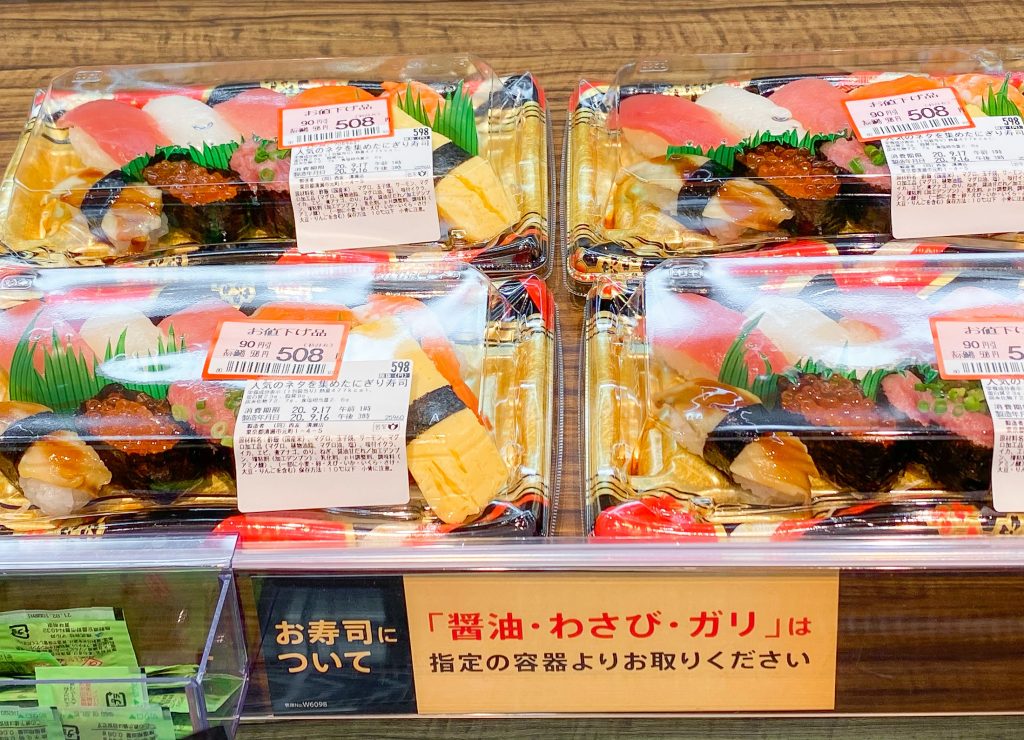
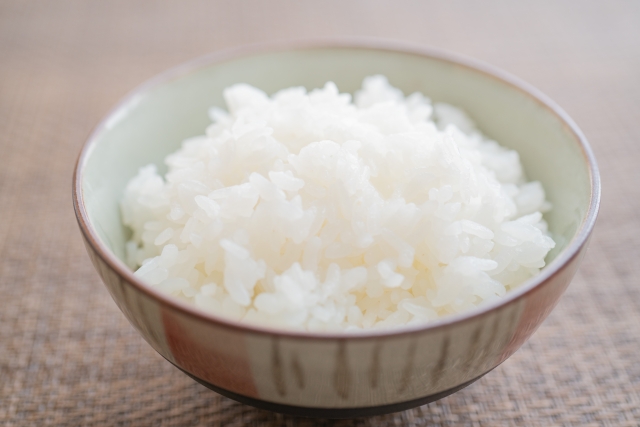
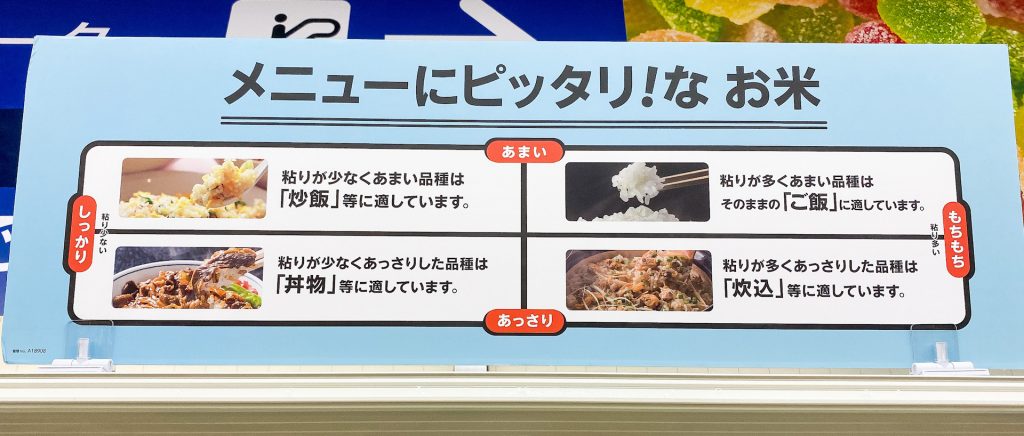
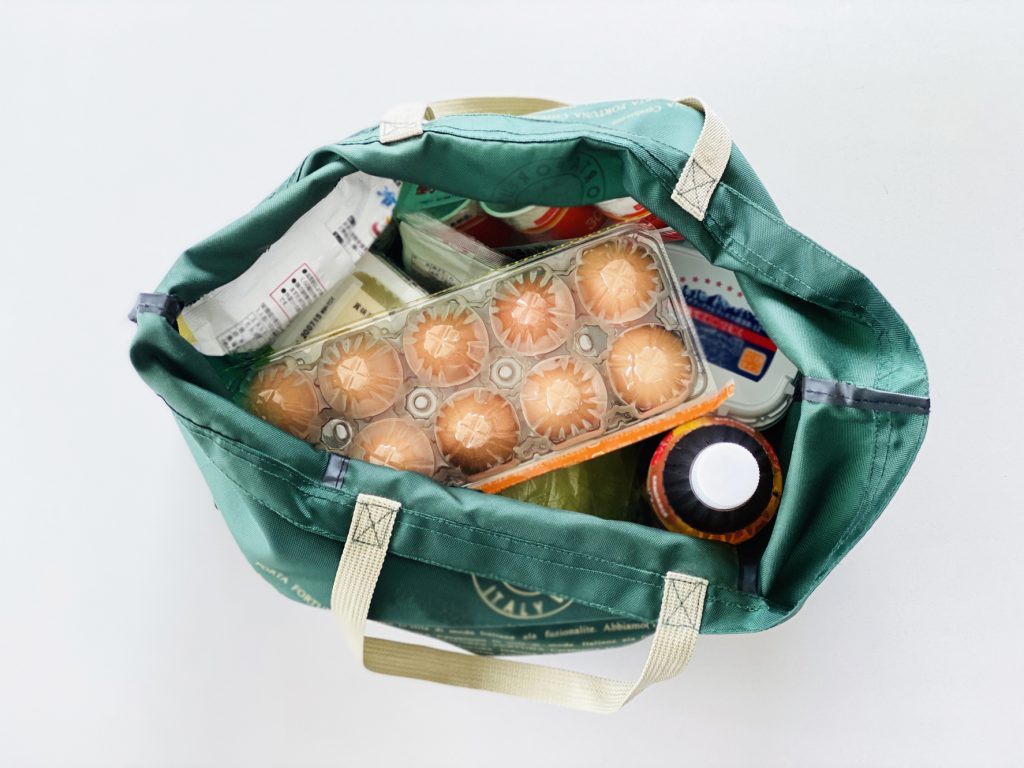
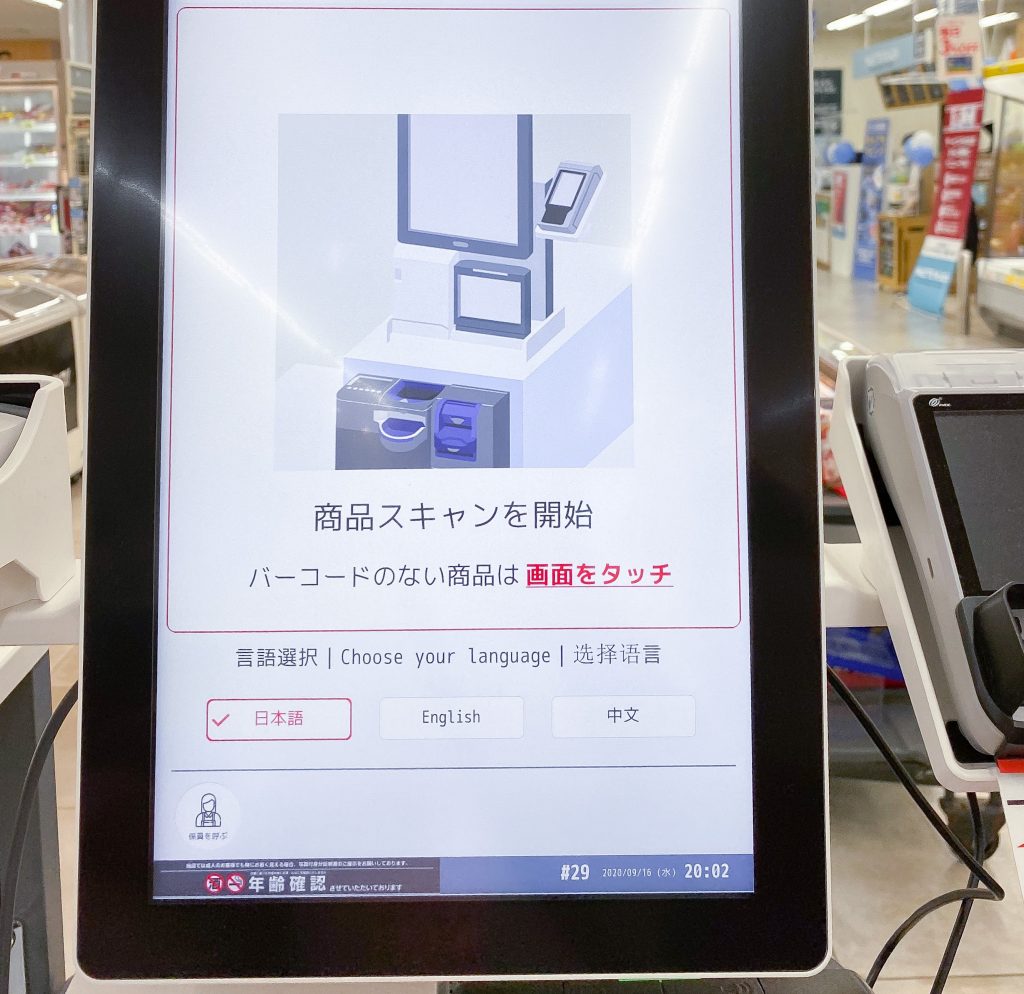

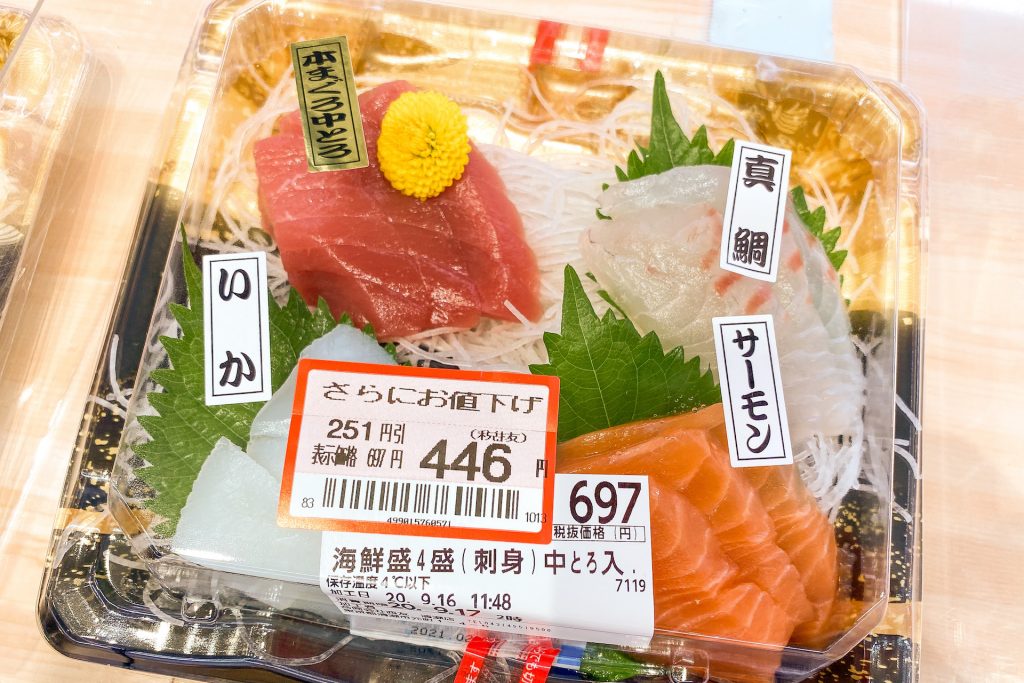
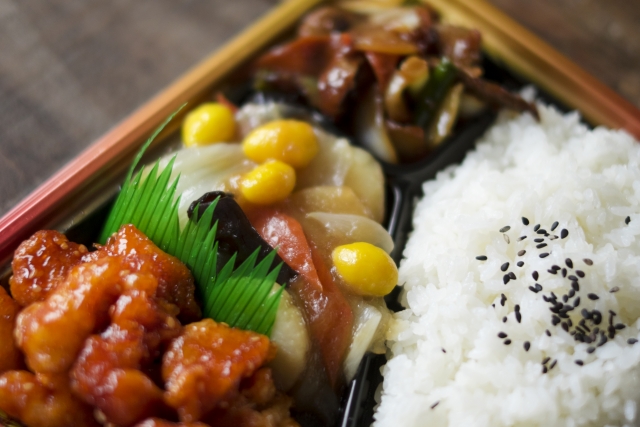



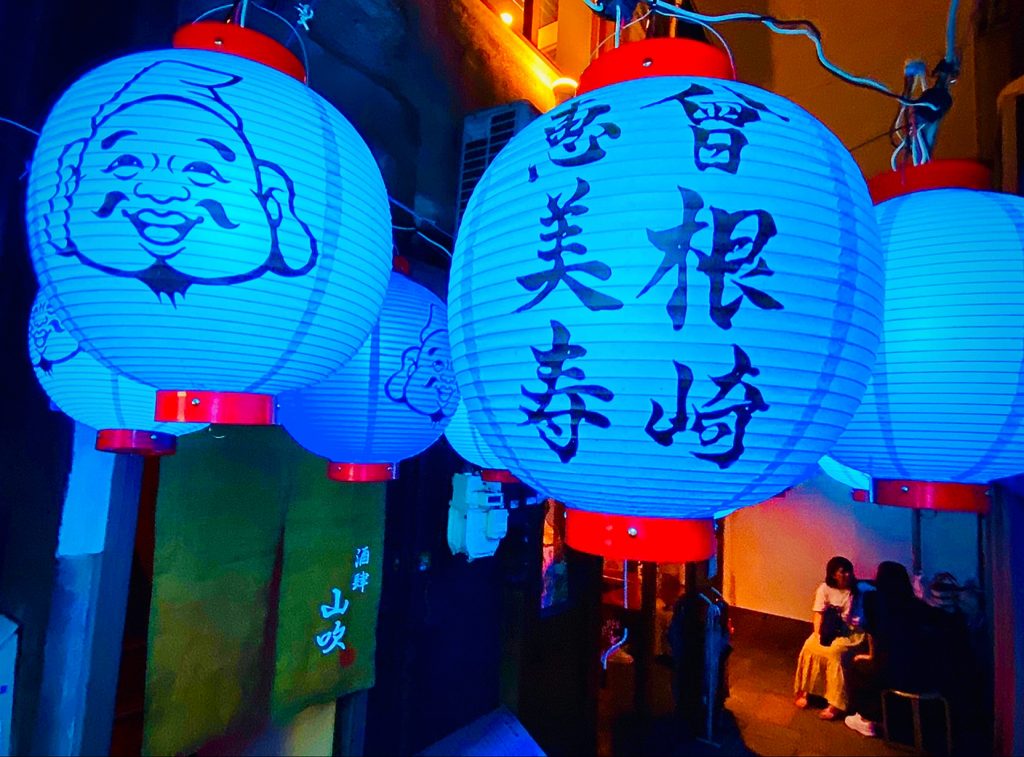


Originally from Australia, Priscilla is a Tokyo based editor that has way too many hobbies. Most of her spare time goes into reading, drinking a lot of coffee and playing Animal Crossing. She sometimes dances and attempts to draw as well.